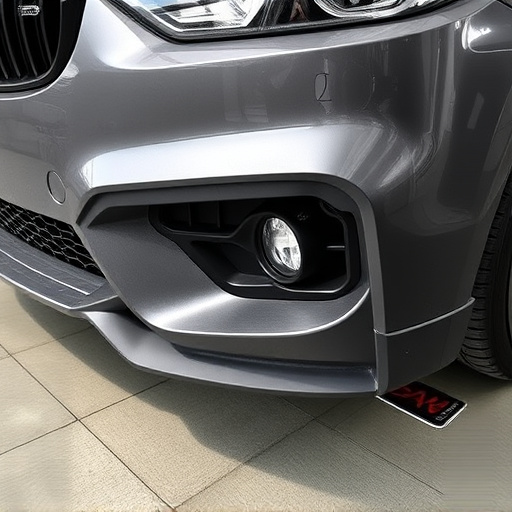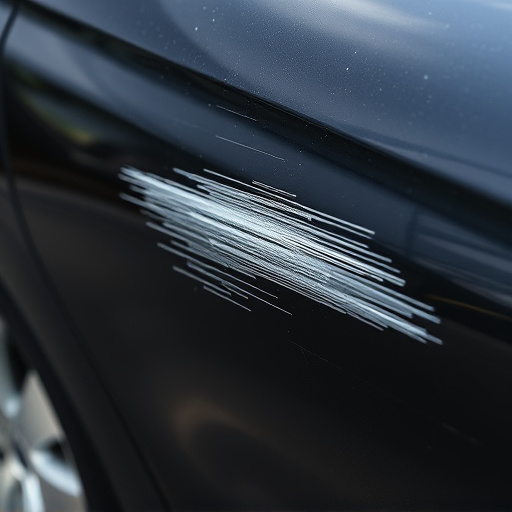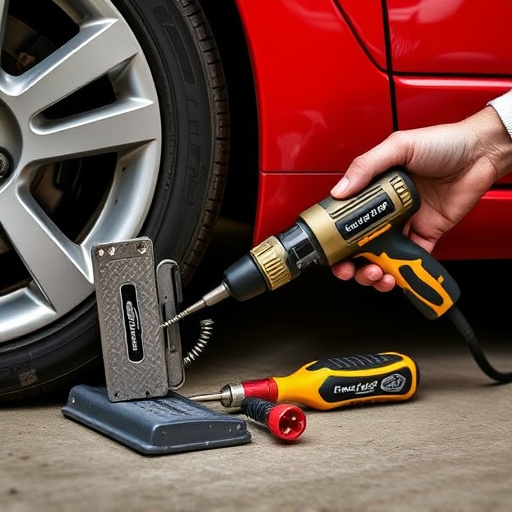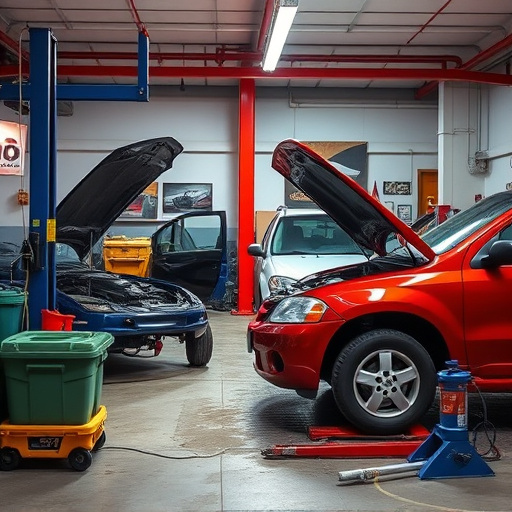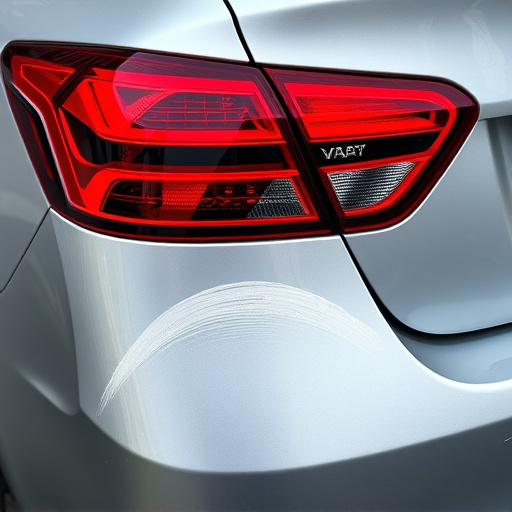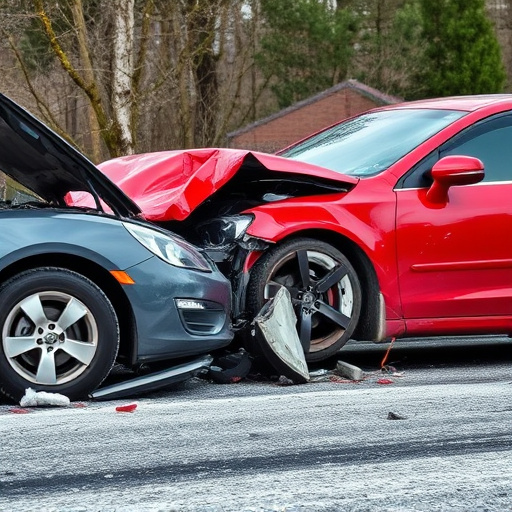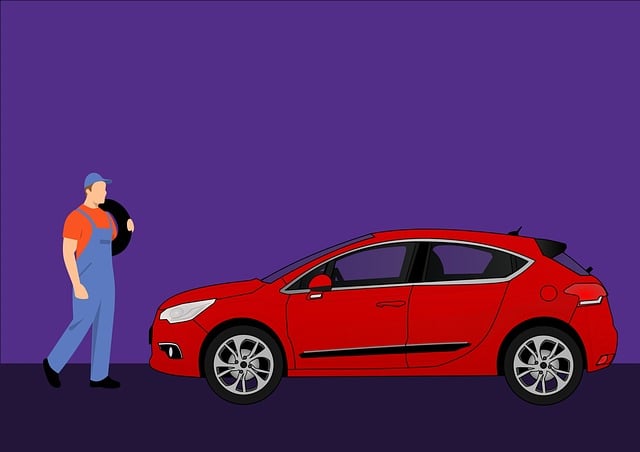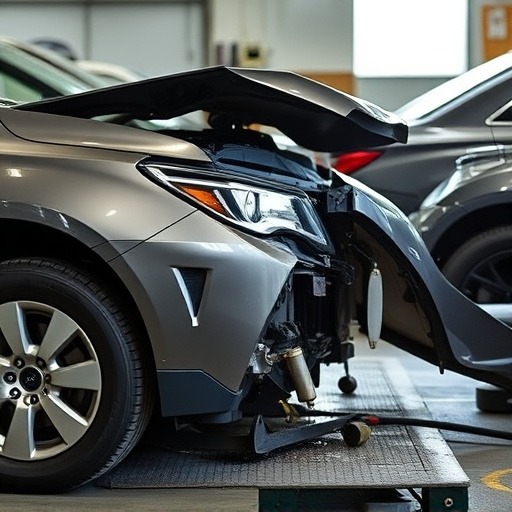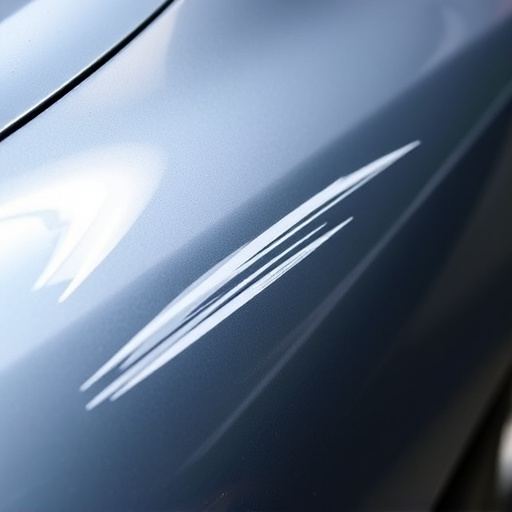In the digital age, Permanent Dent Removal (PDR) revolutionizes automotive repair by prioritizing minimal damage and aesthetic restoration, offering cost savings, environmental benefits, and efficient repairs that enhance customer satisfaction. Patient-Directed Rehabilitation (PDR) empowers individuals to take control of their recovery, improving outcomes, well-being, and communication with healthcare providers. Patient-Driven Remote (PDR) care leverages telemedicine and remote monitoring to enable patients manage health at home, enhancing convenience, streamlining processes like dent assessment, and providing efficient healthcare solutions for both patients and providers.
“Uncover the transformative power of Patient-Directed Rehabilitation (PDR) through compelling customer stories. This article delves into the real-world impact of PDR, contrasting traditional healthcare approaches. We explore three diverse case studies showcasing its effectiveness in managing chronic conditions, post-surgery recovery, and improving quality of life for individuals with disabilities. Discover how PDR benefits translate into quantifiable improvements in patient care, satisfaction, health outcomes, and community engagement.”
- Setting the Stage: Understanding PDR and Its Impact
- – Definition of Patient-Directed Rehabilitation (PDR)
- – Traditional vs. PDR Approaches in Healthcare
Setting the Stage: Understanding PDR and Its Impact

In today’s digital age, where customer experiences are highly valued, Permanent Dent Removal (PDR) stands out as a game-changer in the automotive industry. PDR is a specialized technique that offers a unique approach to vehicle repair services, focusing on minimizing damage and restoring original aesthetics. By understanding its impact, businesses can effectively communicate the profound PDR benefits they offer. This process revolutionizes dent removal and auto glass repair by eliminating the need for costly replacement parts, thereby enhancing customer satisfaction.
The advantages of PDR extend beyond mere cost savings. It preserves the vehicle’s original value, ensuring that minor dents and scratches no longer become significant concerns. Moreover, it contributes to a more sustainable approach to vehicle repair services by reducing waste and environmental impact. With PDR, businesses can provide customers with efficient, safe, and aesthetically pleasing solutions, fostering trust and loyalty in an increasingly competitive market.
– Definition of Patient-Directed Rehabilitation (PDR)
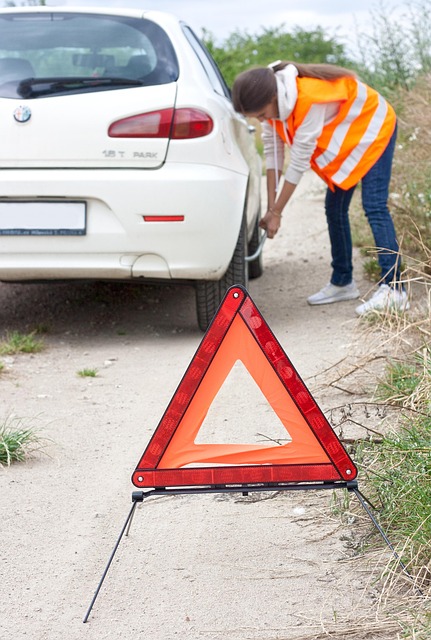
Patient-Directed Rehabilitation (PDR) is a transformative approach to healthcare that empowers individuals to take an active role in their recovery process. This innovative model focuses on enabling patients to set goals, make decisions, and coordinate their care according to their unique needs and preferences. Unlike traditional rehabilitation models where care is often directed by healthcare providers, PDR puts the patient at the center of their treatment plan. This shift in perspective brings about significant advantages, particularly when it comes to achieving positive outcomes and enhancing overall well-being.
PDR benefits extend beyond improved physical capabilities. By encouraging patients to actively participate in their care, this approach fosters a sense of self-reliance and agency. It also promotes better communication between patients and healthcare professionals, ensuring that treatment plans align with personal goals and expectations. Moreover, PDR can streamline processes such as vehicle repair services or body shop services, which are often necessary components of rehabilitation for those involved in accidents or injuries. This integration of care ensures a seamless transition back to daily life, including activities like getting behind the wheel after vehicle dent repair.
– Traditional vs. PDR Approaches in Healthcare

In the traditional healthcare landscape, patient care often involves a linear process: patients visit doctors’ offices or hospitals for examinations and treatments. This approach, while well-established, can be time-consuming and may not always deliver immediate results. In contrast, Patient-Driven Remote (PDR) care takes a modern, digital twist by enabling patients to take an active role in their healthcare from the comfort of their homes. With PDR, patients remotely connect with healthcare providers through telemedicine, virtual consultations, and remote monitoring tools, eliminating the need for frequent in-person visits. This shift towards PDR benefits both patients and healthcare providers, fostering a more convenient, efficient, and accessible care experience.
Traditional methods, such as auto repair services or automotive repair, often require multiple physical visits and extensive face-to-face time. In contrast, PDR streamlines these processes by leveraging technology to bridge the gap between patients and caregivers. For instance, consider car dent repair—a common yet often annoying issue. With PDR, a patient can upload images of their dented vehicle and consult with a specialist remotely, receiving advice on whether a simple fix at home is feasible or if in-person attention is necessary. This level of accessibility and convenience extends beyond automotive repairs to encompass various healthcare needs, making PDR an increasingly popular alternative for modern patients seeking efficient, effective solutions.
In conclusion, Patient-Directed Rehabilitation (PDR) emerges as a transformative approach in healthcare, empowering patients to take an active role in their recovery. By leveraging PDR’s unique benefits, such as improved patient engagement and enhanced treatment outcomes, healthcare providers can offer more personalized and effective care. The customer stories highlighted in this article underscore the positive impact of PDR, demonstrating its potential to revolutionize rehabilitation practices for a better quality of life among patients.

